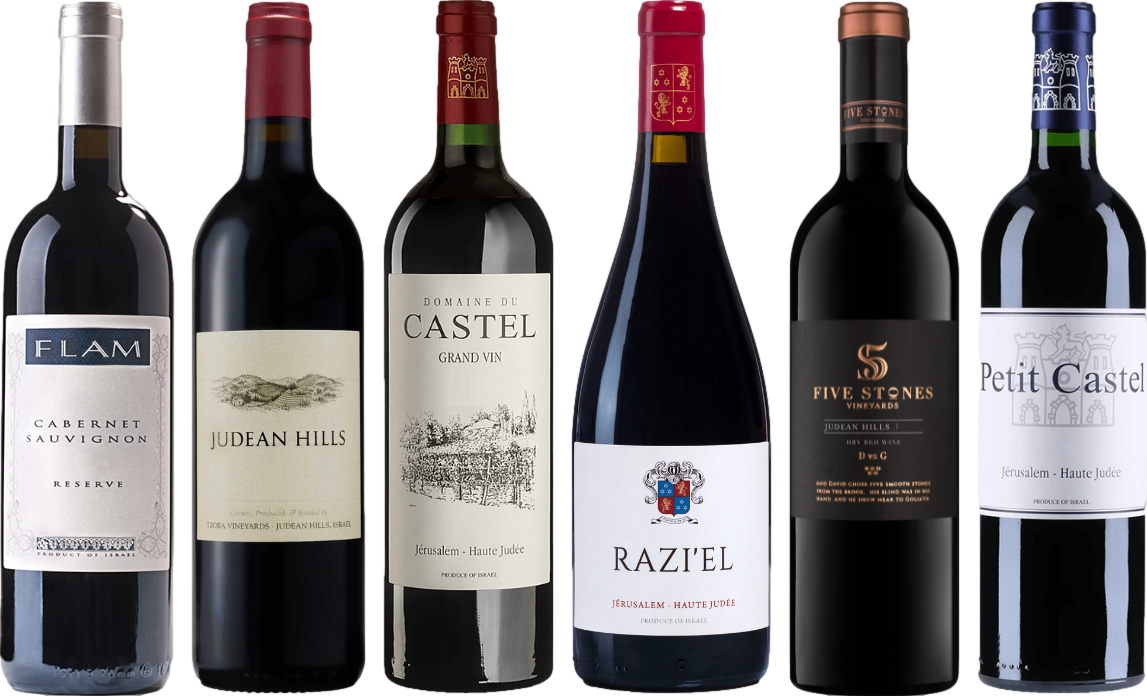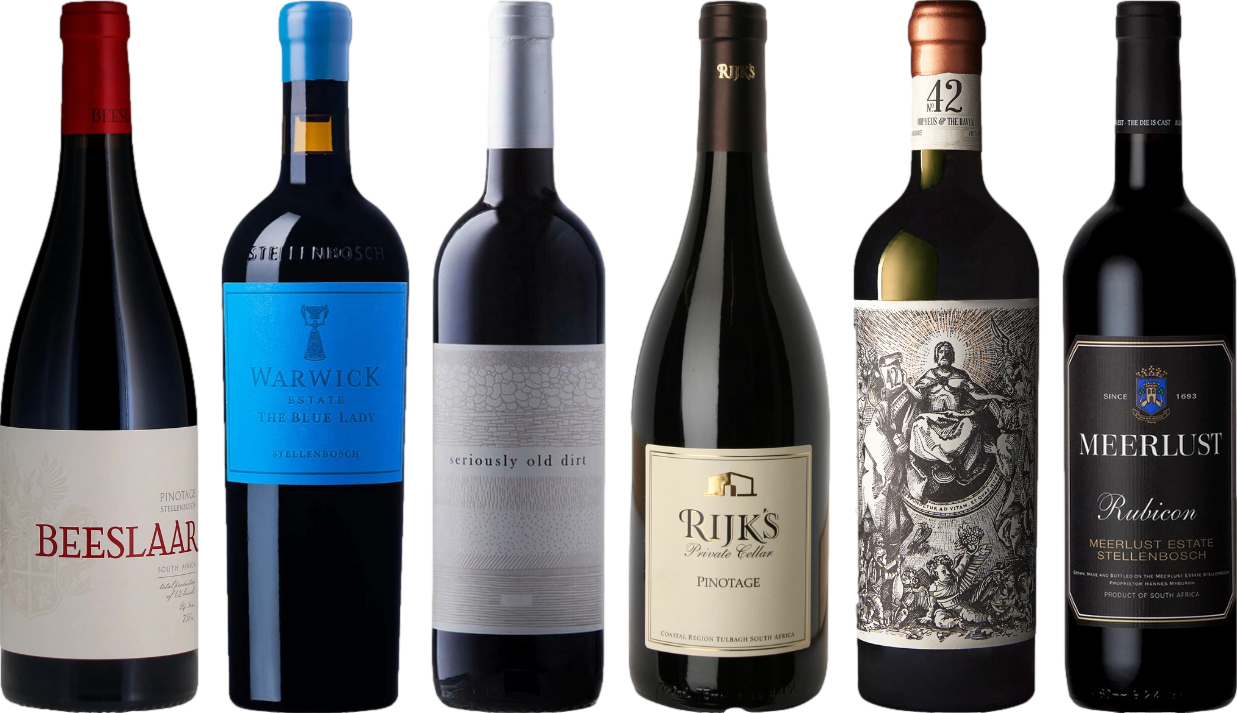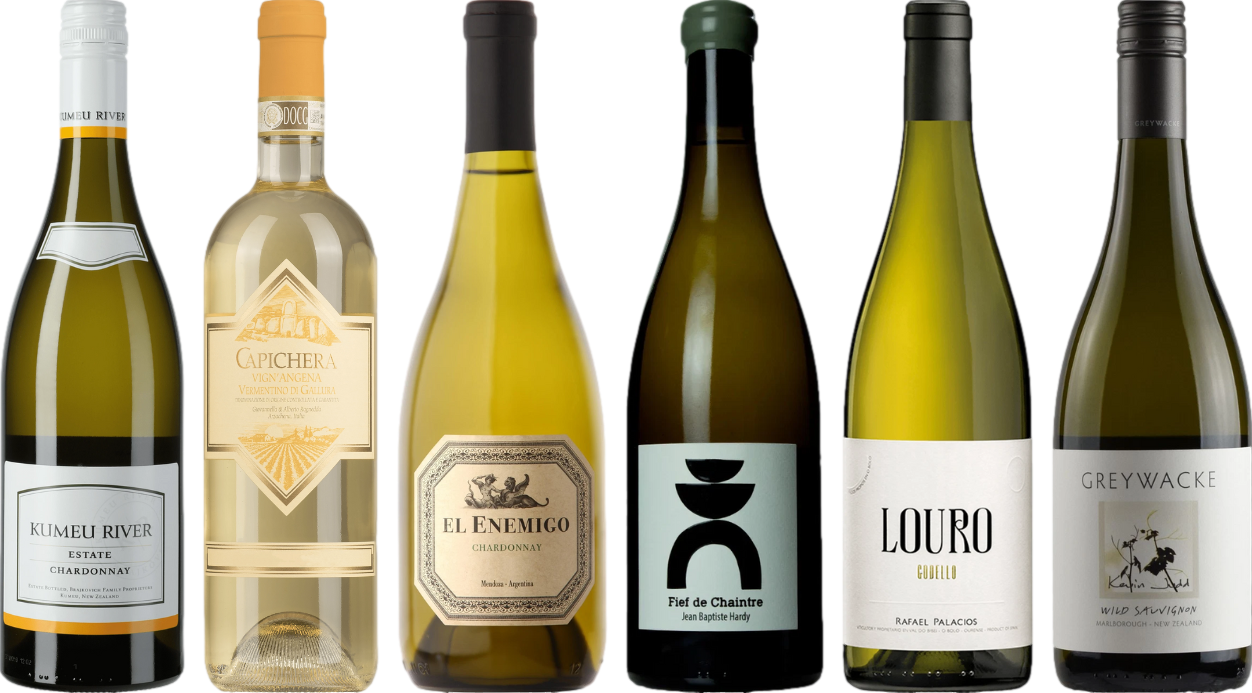



The darker varieties typically contain around 125 calories per 5-ounce serving, while the lighter options hover around 120 calories. This slight difference may seem negligible, but understanding the nuances behind these numbers can enhance your enjoyment and selection process.
Factors such as residual sugar levels and alcohol content contribute significantly to the caloric value of each varietal. For instance, sweeter selections often lead to higher calorie counts, regardless of color. Therefore, if you’re conscious about caloric intake, exploring dry options in both categories may be your best strategy.
When choosing between these two types, consider the specific bottle, as individual production methods and grape varieties can influence the final figures. Always check the label for accurate information on the caloric content, helping you make informed decisions that suit your lifestyle.
Comparison of Caloric Content in Varietals
For those looking to monitor their intake, the selection of a crimson or pale beverage can play a role in your dietary choices. Generally, a typical serving of a deep-hued option contains around 125-130 units of energy, while its lighter counterpart usually ranges from 120-125 units. This slight variance stems primarily from the sugar levels and vinification processes used in crafting each style.
Choosing between these two can depend on various factors such as personal preference, occasion, and food pairings. For example, if you’re enjoying a rich dish, the fuller-bodied selection may complement it better, while the lighter variety might suit a seafood meal.
When assessing various brands and types, always check the label for specific energy content. Some offerings can contain higher sugar levels, impacting the overall energy count. It’s wise to consider how these beverages fit into your overall nutritional plan.
Ultimately, moderation remains key. Enjoying either style in reasonable portions allows you to appreciate the flavors without excessive energy intake. Embrace the experience of tasting and pairing, while being mindful of the numbers that accompany each sip.
Caloric Content Comparison of Red and White Wine
When assessing the energy content of these beverages, it’s essential to consider their alcohol levels and residual sugar. Generally, a standard serving of a full-bodied variety contains around 125-130 kilocalories, while lighter selections typically range from 120-125 kilocalories per serving. The discrepancy often arises from the fermentation process and the grape varieties employed.
The impact of sweetness plays a significant role. Varietals with higher residual sugar can elevate the caloric count. For example, a sweeter style might clock in at approximately 150 kilocalories, whereas drier options maintain a lower energy level. Therefore, examining the sweetness of each glass is crucial in determining its total energy contribution.
For those monitoring their intake, opting for drier styles and being mindful of serving sizes can aid in managing caloric consumption. Understanding these nuances can enhance your enjoyment while maintaining a balanced approach to indulgence.
Factors Influencing Caloric Levels in Wines
Alcohol content significantly impacts the energy value of a beverage. Higher alcohol percentages lead to increased caloric content, as alcohol itself provides approximately 7 calories per gram. Typically, fuller-bodied varieties contain elevated alcohol levels, resulting in more energy per serving.
Residual sugars also contribute to the caloric profile. Varieties with higher sugar content, often found in sweeter styles, will have more calories. This is due to the fact that sugar contributes about 4 calories per gram. Dry options usually contain less sugar, making them lower in calories.
Fermentation and Aging Processes
The methods used during production can alter caloric values. Extended maceration or aging can concentrate flavors and sugars, potentially increasing energy levels. Additionally, the use of additives, such as sugar or other sweetening agents, can also elevate caloric content.
Serving Size and Composition
The portion size affects caloric intake. A standard serving, typically 5 ounces, offers a baseline for comparison. However, larger pours can significantly increase the total caloric count. Additionally, the pairing of these beverages with food can influence overall caloric consumption, depending on the meal choices made.
Understanding these factors equips consumers with knowledge to make informed choices regarding their selections. When assessing options, consider the alcohol level, sugar content, and serving size to accurately gauge the energy values present.
How Serving Sizes Affect Caloric Intake
Serving sizes play a critical role in determining the caloric content of your favorite fermented beverages. A standard pour of 5 ounces is commonly accepted in tasting settings, yet many establishments serve larger portions. Choosing a 6-ounce or 8-ounce serving can significantly increase your total caloric consumption without realizing it.
Understanding Portion Control
Portion control is essential for managing caloric intake effectively. If you’re accustomed to larger servings, it’s advisable to adjust your expectations. For example, a 5-ounce serving of a specific varietal may contain approximately 120 calories, while a generous 8-ounce pour could escalate that number to around 192 calories. Always be mindful of your glass size, especially in social settings.
Practical Recommendations
When dining out or hosting a gathering, consider using smaller glasses to encourage moderation. A smaller vessel not only helps control portions but also enhances the sensory experience of tasting. Pairing with food can also allow for a more satisfying experience with less volume. For instance, pairing a modest pour with a flavorful dish can balance the overall caloric impact. If you’re looking to manage your diet, tracking serving sizes and understanding their implications is key. For culinary enthusiasts, knowing how long it takes to cook beef liver can complement your meal planning and pairing decisions; check out how long does it take to cook beef liver for more insights.
Health Implications of Caloric Differences in Wine
When considering the impact of caloric variances in different types of fermented grape beverages, it’s essential to understand how these differences can affect overall health. A higher caloric content can lead to increased calorie consumption, potentially impacting weight management and general well-being.
For individuals monitoring their caloric intake, knowing the specifics of each type is beneficial. Typically, a glass of a certain variety contains around 125 to 150 calories, while another variety may range from 120 to 130 calories per serving. This seemingly small difference can accumulate over time, especially for those who enjoy these beverages regularly.
Moderation plays a key role in enjoying any alcoholic beverage while maintaining health. Consuming these beverages in moderation can help mitigate the potential negative effects of excess calories. Balancing intake with physical activity is advisable to maintain a healthy lifestyle.
The nutritional components of these drinks also contribute to their health implications. Antioxidants present in certain varieties may offer health benefits that can outweigh caloric concerns, particularly when consumed in moderation. Understanding the unique properties of each type can enhance informed choices.
For those who are health-conscious, opting for smaller serving sizes can significantly influence caloric intake. By being mindful of portion sizes and selecting lower-calorie options, it’s possible to enjoy these beverages without compromising dietary goals.
| Type | Typical Caloric Content (per 5 oz) | Antioxidant Level |
|---|---|---|
| Type A | 125-150 | High |
| Type B | 120-130 | Moderate |
Ultimately, awareness of caloric differences and their implications empowers individuals to make better dietary choices while still enjoying the sensory experiences that these beverages offer. Each glass can be savored not just for its flavor, but also with an understanding of its place within a balanced lifestyle.
Choosing the Right Wine for Your Dietary Goals
Opt for options with lower sugar content to align with dietary aspirations. Generally, the drier varieties tend to be less sweet, which can help in managing caloric intake.
Consider the alcohol by volume (ABV) percentage; higher ABV typically correlates with increased energy content. Select bottles with an ABV around 12-13% for a balanced choice that maintains flavor without excessive energy.
- For lighter meals or summer gatherings, look for crisp, refreshing choices with lower sweetness.
- Pairing with rich dishes? Opt for full-bodied selections that enhance the meal without overwhelming the palate.
- Explore organic or biodynamic options, as they often contain fewer additives and preservatives, which can contribute to overall health.
Portion control is key. A standard serving size is 5 ounces; adjusting your pour can significantly impact your overall consumption.
As you assess various selections, keep in mind individual goals, whether weight management or simply enjoying flavors. Taste should not be sacrificed for health; rather, seek a harmonious balance between enjoyment and nutritional awareness.
For those mindful of hydration, alternating sips with water can mitigate the effects of alcohol while enhancing the dining experience.
In essence, prioritize quality over quantity. Discovering unique options that satisfy both your taste and health requirements is part of the journey.









